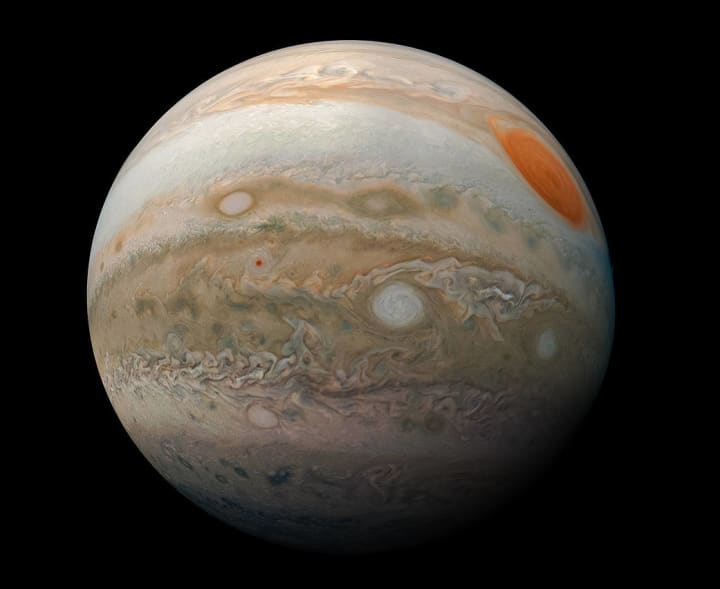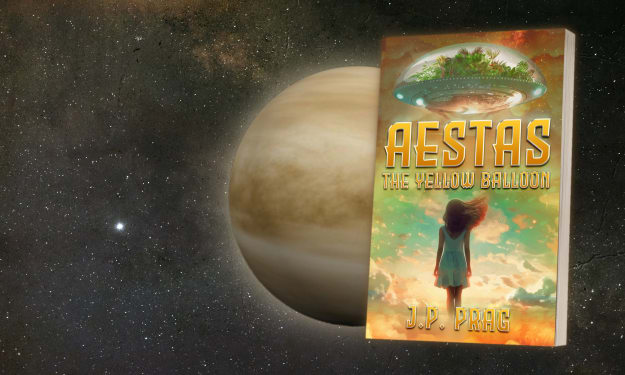
It seems that every few weeks, I see a terrifying headline (much like the one for this article) that reads something like, "Gigantic and Potentially Hazardous Asteroid to Enter Earth's Orbit." Heart pounding, with a queasy feeling in my stomach, I click every time, and every time it's nothing to worry about. However, the Earth has been hit before and likely will again. So, when should we worry?
Near-Earth Objects: Potentially Hazardous?
Near-Earth Objects, or NEOs, are small bodies in space, such as comets, asteroids, or meteoroids, that come close to our planet. In its infant years, the Earth was bombarded by space debris, like those that gave the moon its distinctive craters and caused widespread extinction on Earth 66 million years ago. Most asteroids are remnants from the solar system's formation around 4.6 billion years ago.

On average, an object a little more than half a mile long will strike the Earth every 500,000 years. Asteroids about 13 feet long enter the atmosphere around once a year, but most of these smaller objects disintegrate before hitting the ground.
The only known modern impact event to have caused human injuries was in 2013 when the Chelyabinsk Meteor exploded with the force of 40 atomic bombs in Russia.
Any NEO that crosses Earth's orbit and is larger than 460 feet across is considered potentially hazardous. Most such objects are asteroids. TheWorld Economic Forum reports that there are over 2,000 potentially hazardous objects detected in Earth's vicinity; however, the most dangerous of these are the ones we can't see. According to Space.com, there may be as many as 17,000 or more unseen NEOs in our cosmic neighborhood.
Long considered the greatest threat to Earth, the asteroid called Apophis will come within 20,000 miles from the surface, which is closer than some satellites, and viewers will be able to view it without telescopes or binoculars. Lucky for us, Apophis was recently removed from the "risk list" after scientists were able to track and predict its movement. NASA does not expect a possible impact from Apophis, or any other asteroid, for at least 100 years.

Staying Safe from Impacts
In a worst-case scenario, what can we do to remain safe? For the most part, we don't have to do anything. Our lucky planet has a larger sibling, Jupiter, that keeps us relatively safe from impact. Nicknamed the "vacuum cleaner of the sky," Jupiter has been known to deflect NEOs away from Earth and its closest neighbors. However, it can't prevent every impact and has been known to occasionally send objects on a collision course with the solar system's inner, rocky planets.
On Earth, NASA utilizes multiple ground-based telescopes and the space-based NEOWISE infrared telescope to track asteroids and predict when and where they might come across Earth's orbit. In addition, the Minor Planet Center keeps a database of NEOs and their orbits and announces discoveries.
At the Center of Near Earth Objects (CNEOs), scientists run hypothetical impact exercises to promote disaster preparedness and long-term orbit analyses to determine if any nearby NEOs pose a threat to the planet.

According to NASA, "an asteroid impact is the only natural disaster we might be able to prevent." They've developed several strategies to make this possible, including:
- Gravity tractor, where an object's course is subtlely altered by the gravitational attraction of a spacecraft that will hover and maintain a relative position with that object.
- Kinetic impactor, where a spacecraft will be sent to collide with an asteroid in the hope that such a collision will throw it off-course. This strategy will be tested in 2022 with the DART mission.
- Nuclear explosion, where a nuclear device is detonated near an asteroid. The explosion will send out radiated energy which should change the object's trajectory.
Whether an impact is expected next year or 100 years from now, it's clear that a proactive approach is the best course, and NASA does not appear to be taking this responsibility lightly. Scientists continue to research, theorize, and strategize in the name of keeping our planet safe. So, there's no reason to panic, just yet.
About the Creator
A. Grace
I'm a writer, native to the Western U.S. I enjoy writing fiction and articles on a variety of topics. I'm also a photographer, dog mom, and nature enthusiast.






Comments
There are no comments for this story
Be the first to respond and start the conversation.